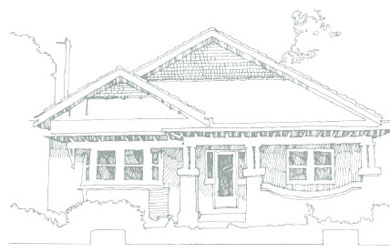
OUTSIDE: > usually gabled roofs, with chimneys on outside walls and shingled gables > red brick, rendered, roughcast or weatherboard walls > timber, brick or rendered verandah piers and balustrades > small, squarish windows usually grouped in front rooms and sometimes in ‘bow’ or bay shaped projections > windows either double-hung or casement, with panes in small rectangles or diamonds or featuring Art Nouveau or Arts and Crafts patterned stained glass
|
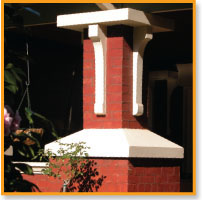
|
GARDEN: > fences commonly crimped wire with looped tops or timber pickets or less often, brick fences similar to verandah balustrades > variegated and colourful shrubs and smaller trees gain popularity; hedges and standard roses become common, as do lawns > serpentine path to door
|
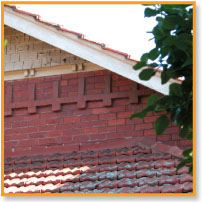
|
INSIDE: > timber doors, windows and trims stained in dark tones > black japanned borders to floors > painted plaster walls with stained picture rails, sometimes wallpaper friezes > ceilings usually unadorned, sometimes divided into panels with plaster straps and patterned in front rooms
|
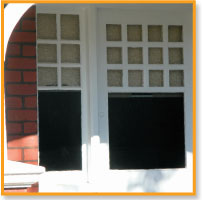
|
COLOUR & DESIGN NOTES: > roofs usually terracotta tiles or, if corrugated metal, painted red or green > walls red brick with flush joints, and brown or green stained shingles at gable ends > timber walls sometimes stained, usually painted a light colour with trims in tones of brown or dark green
|
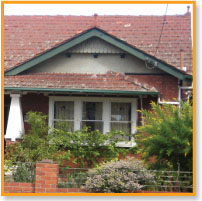
|
EXTERIOR COLOURS: |
||||
Cream |
Pale Green |
Buff |
Light Stone |
|
DETAIL COLOURS: |
||||
Dark Brown |
Dark Green |
White |
Deep Indian Red |
|
HISTORY: > influence of American lifestyle and culture reflected in local architecture > emphasis on natural materials > similarities between Californian and Victorian climate encouraged acceptance of style > embraced by speculative builders and dominates Melbourne suburbs until the Depression > increasingly relaxed lifestyle leads to greater use of verandahs and beginnings of open planning |
